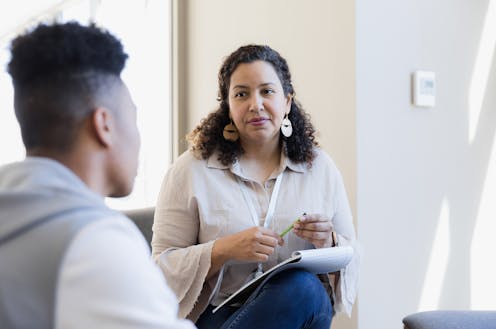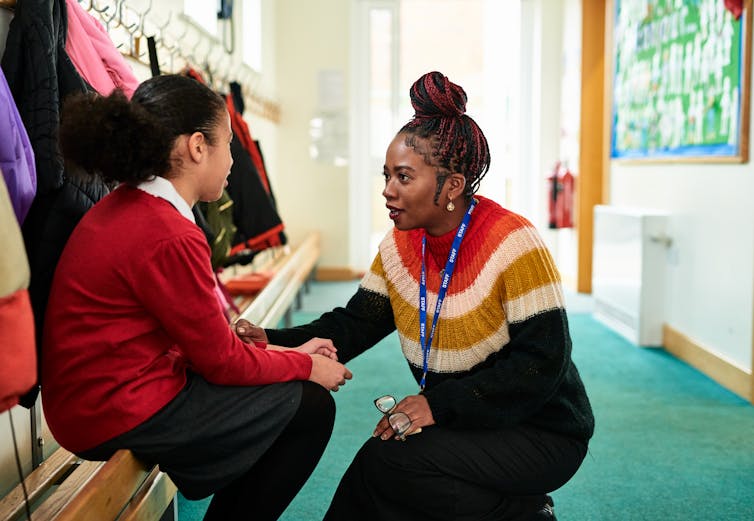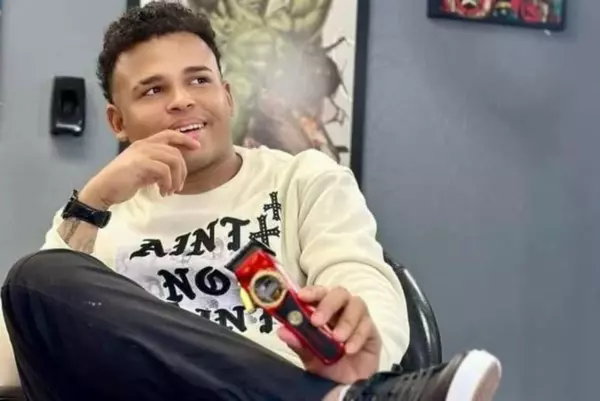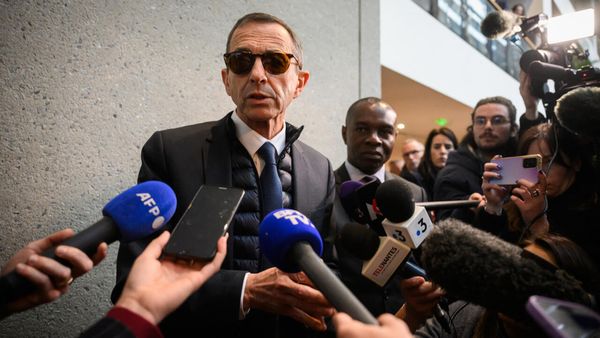
Of all the challenges that threaten the well-being of America’s schoolchildren, one of the most serious and severe is the lack of school counselors and school psychologists. Despite the increased demand for their services, there’s simply not enough professionals in these fields to go around.
For instance, the American School Counselor Association recommends that there be one school counselor for every 250 students. However, in the 2021-22 school year – the most recent year for which data are available – the ratio of school counselors to students was one for every 408 students.
Similarly, the National Association of School Psychologists recommends one school psychologist for every 500 students. But the ratio of school psychologists to students stands at just one for every 1,127 students.
The Biden administration is well aware of the shortage and has taken action to close the gap.
For instance, in 2021, U.S. Surgeon General Vivek H. Murthy issued an advisory that calls for, among other things, expanding the mental health workforce in schools by using federal, state and local funds.
President Joe Biden released a Mental Health Strategy in 2022 that seeks to provide mental health care to more children. And in May 2023, the Biden administration announced US$286 million for 264 grantees to train and hire school mental health professionals – a move that grantees say will enable them to prepare more than 14,000 new mental health professionals for America’s schools. That’s a significant number, but schools would need to hire more than five times that amount to meet recommended ratios.
As a professor of school psychology – and as a recipient of one of those grants – I also know that as important as it is to train more school counselors and school psychologists, increasing their numbers alone is not enough to change the course of the rising mental health needs among America’s children and youth. That is, doubling staffing of mental health professionals in schools doesn’t guarantee they will be used effectively or appropriately. Without accompanying changes to school systems and priorities, I fear the mental health needs among our youth will continue to accelerate, as it did during the pandemic.
To address this challenge, I see three areas where schools need to revamp the way they meet students’ mental health needs.
1. Free up school counselors and school psychologists

Research, including my own, shows that school-based mental health professionals are overwhelmed with job duties that are outside the scope of supporting students’ mental health. For instance, school counselors also serve as the testing coordinators in most schools.
School psychologists report being overloaded with evaluations to determine if students are eligible for special education services. About one-third of those responding to a recent membership survey of the National Association of School Psychologists indicated they don’t provide mental health interventions and services at all.
These school counselors and school psychologists report that about 25% to 50% of their day is consumed with paperwork and other miscellaneous duties. Constantly working outside their areas of expertise and desired practice is leading to burnout that leads many to leave the field.
To alleviate the situation, schools could search for ways to shift tasks that don’t require specialized knowledge, such as test coordination and certain types of paper work, to staff with less extensive and expensive training.
This would allow current school mental health practitioners – and the additional 14,000 the Biden administration hopes to bring into the field – to engage in the wider range of services their students need. This could be a way to better align their practice with the recommendations of their professional associations and potentially lead to more job satisfaction and less burnout.
2. Make time for mental health in schools
In my work with school districts across the Southeast, mental health professionals are being hired but then restricted to working with kids only during the student’s lunchtime or certain classes, such as art, music or physical education. Although I don’t advocate for children missing class, I also don’t think it’s a good idea for children to work on self-regulation strategies or investigate negative belief patterns while eating a hot dog or missing their favorite extracurricular. It also limits the number of students any one professional can support during a school day.
Some schools around the world have extended the school day. Some in the U.S. have moved to a year-round schedule with positive effects, such as improved achievement scores for students from low-income and minority backgrounds. Perhaps by rethinking the school day and the school year, more school time could be made for mental health professionals to take a holistic approach to all the areas a child may need instruction and support.
3. Prioritize prevention
Prioritizing prevention includes promoting a positive school climate and teaching healthy habits for maintaining one’s mental well-being to all youth. A positive school climate – including social, emotional and physical safety, respectful behavior, an emphasis on learning, and social connectedness with peers and teachers – is shown to reduce risky behaviors and aggression. It also increases positive mental health outcomes and academic success.
Teaching life skills, like being aware of one’s own and other people’s emotions, what’s causing the emotions, how to manage them in healthy ways and where to seek help, has also been shown to prevent the development and escalation of mental illness among children and youth.
There are evidence-based curricula that schools can use to teach and reinforce these skills. For example, Positive Action is designed to teach pre-K-to-12th grade students how their thoughts, feelings and behaviors are related. It is taught in classrooms by teachers for about 15 minutes, three to four days each week, for an entire school year.
There is evidence of large to moderate effects of Positive Action in elementary schools on student mental health, behavior and academic achievement. If these prevention strategies were prioritized in policy and funding, I believe America’s schools and school mental health professionals would be better positioned to more systematically address the unrelenting rise of children’s mental health needs.
Joni Williams Splett receives funding from the U.S. Department of Education and Patient-Centered Outcomes Research Institute. She is affiliated with the American Psychological Association, National Association of School Psychologists and Florida Association of School Psychologists.
This article was originally published on The Conversation. Read the original article.







